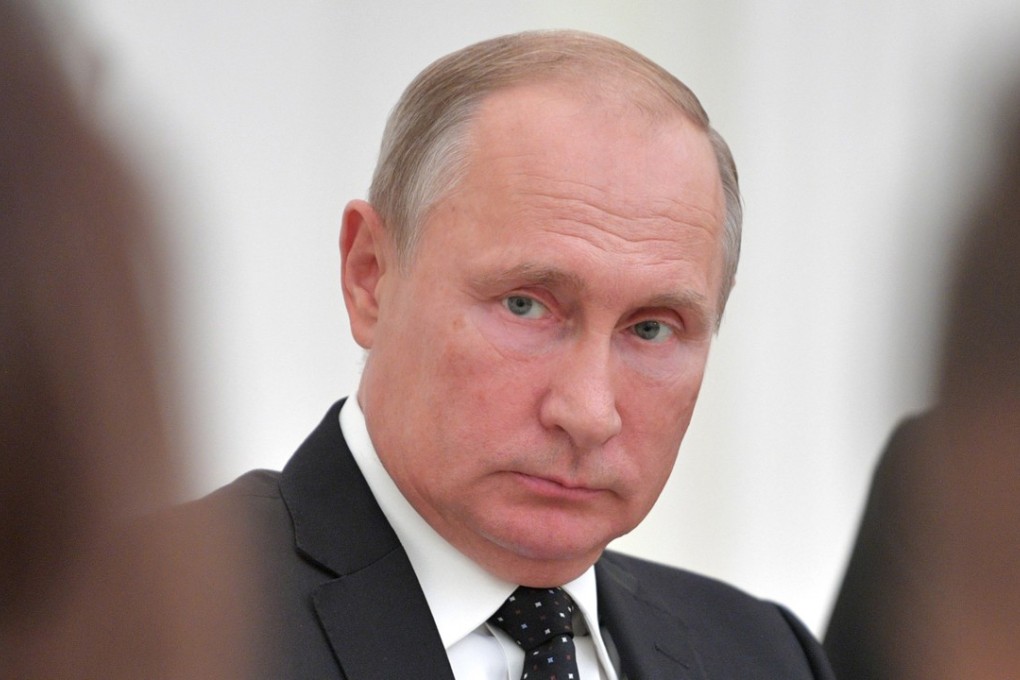Advertisement
Singapore summit: Putin’s pivot and US anti-China drive leaves Asean in the middle
- External influences will pull Asean in different directions when it meets in Singapore
- Putin is pivoting to Asia and a US-led group is pushing an agenda based on containing China
Reading Time:4 minutes
Why you can trust SCMP

Summit season is in full swing and Asia is anticipating its premier regional security event – the East Asia Summit (EAS), a meeting of Asean leaders and eight of their dialogue partners.
The funny thing about this annual summit is that, after it is concluded, pundits tend to have a hard time remembering what exactly all those meetings were about. Instead, all their attention tends to be centred on who it was that turned up.
This year, it is the attendance of Russian President Vladimir Putin that has got tongues wagging. No Russian head of state has attended the meeting since the country became a full member of the forum in 2011, despite the growing significance of the Asia-Pacific in Russian foreign policy.
Advertisement
One reason for this is that Putin has traditionally attended Asia-Pacific Economic Cooperation (Apec) forum meetings that have been held back-to-back with the EAS and included many of the same participants. Typically, the Russian president has delegated the summit to the prime minister or even the minister of foreign affairs.

Advertisement
This year, however, Singapore – which is hosting both the EAS and an Asean summit this week – is in luck. The Apec forum is taking place all the way down in Papua New Guinea, while Singapore is much closer to Moscow and is also celebrating the 50th anniversary of its diplomatic relations with Russia. The timing of the November 14–15 EAS is perfect for Russian Prime Minister Dmitry Medvedev to go to Port Moresby and President Putin to go to Singapore, where he will also have a state visit and attend the Asean summit.
Advertisement
Select Voice
Choose your listening speed
Get through articles 2x faster
1.25x
250 WPM
Slow
Average
Fast
1.25x